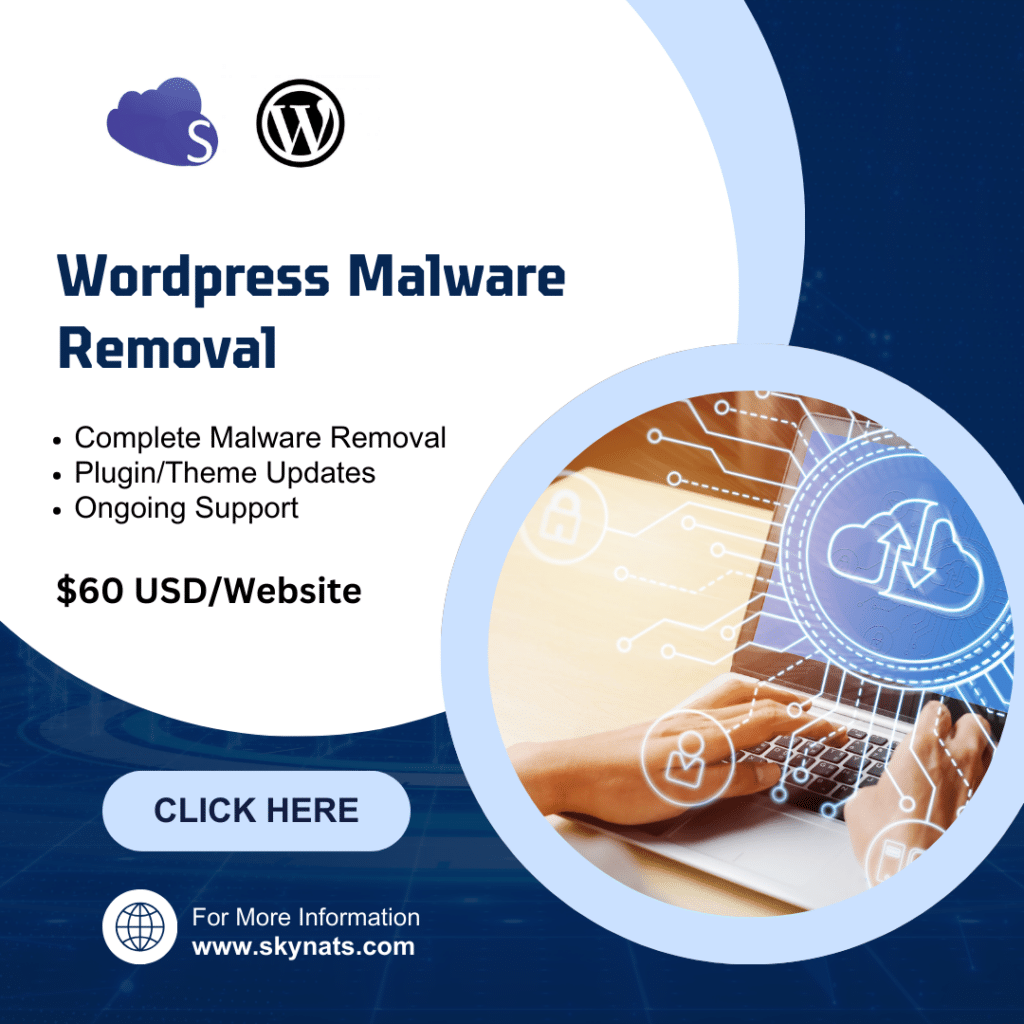Cost is one of the major concern in using Amazon Web Services as many of them uses AWS services without knowing its purposes and billing criteria. We can reduce AWS Billing by using various tools and ways to analyze and optimize the cost of AWS resources. Hence we can reduce the workload.
On our AWS cloud management plan, we will provide consultation on best practices to reduce AWS monthly billing, and our Cost Optimization Services plan focuses on providing the optimal result in the AWS by reducing the cost and improving the performance.
Methods to analyze the cost
- AWS Cost explorer Resource optimization
We can review the charges and usage associated with the AWS account. In order to enable cost explorer for an account follow these steps ;
- Open AWS Cost management console
- Choose cost explorer
- Choose enable cost explorer
- After that enabling cost explorer, we should wait for about 24 hours to complete the population of cost and usage data.
We can view the cost and usage data by:
- Open the AWS Cost management console
- Choose the cost explorer option
- We can see the pre-configured reports in the report menu to analyze the costs
- If we want to create a custom report, here we create it by choosing a new report and then save the report by save as option.
2. Shutdown the unused resources in AWS account.
We should shut down the unused instances in AWS in order to avoid over-usage. Especially in developing an environment, we should care about this.
3. Analyze Amazon S3 usage and reduce it by using lower cost storage tiers.
By using the Amazon S3 analytics storage class analysis we can analyze the storage access method to help you decide when to transfer the right amount of data to the right storage class. We can automate moving these objects to the lower cost storage tiers using Life Cycle Policies. Also, we can use S3 intelligent tiering to analyze and move objects to the appropriate storage tier.
4. Select the right instance type
There are different instance types are available. We should select an instance based on our application workload. If you have a low workload then proceed with a low-cost instance type. So from this careful action of choosing the appropriate instance type, we can reduce the AWS billing.
5. Use AWS Autoscaling
By using the AWS autoscaling feature we can monitor the applications and adjust the capacity to maintain steady and performance at the lowest cost. It’s easy to setup an application scaling for multiple resources across multiple services in minutes. AWS Autoscaling helps us in the optimization and cost efficiencies when consuming the AWS services so that we have to pay only for the resources that we only need. It also removes excess resource capacity.
- Analyze Amazon DynamoDB and reduce cost by leveraging Autoscaling or On-demand
Analyze the DynamoDB usage by monitoring 2 metrics, ConsumedReadCapacityUnits, and ConsumedWriteCapacityUnits in Cloudwatch. In order to automatically scale the DynamoDB table, we can use the Autoscaling feature. Another option is using the On-demand type. This option allows us to pay for only the read and write requests that we used. So the cost will be only for what we used. Overall it balances the cost and performance.
- Review the networking and reduce cost by deleting idle load balancers
If a load balancer has no associated back-end instances or if network traffic is severely limited, the load balancer is being used effectively. This check currently only checks for classic Load balancer type within ELB service. It does not include other ELB types (Application Load Balancer, Network Load Balancer). From Load Balancer Check, we can reduce the cost by removing unwanted load balancers in use. If data transfer from EC2 to the public internet shows up as a significant cost, we can use Amazon CloudFront Images, videos, or static web content that can be cached at AWS edge locations worldwide using the Amazon CloudFront Content Delivery Network (CDN).
- Find Unassociated Elastic IP Address
Check the elastic IP addresses that are not associated with the running instances. EIPs are static IP addresses designed for dynamic cloud computing, unlike traditional static IP addresses. It will cause a charge for EIPs that are not associated with the running instance. So always try to remove unnecessary EIPs that are not in use for running instances.
- Savings Plan
We should check the usage of EC2, Lambda over certain days like 30 days, and provides savings plan purchase recommendations, which allows us to commit to a consistent amount used measured in $/hour for one or three year term in exchange for discounted rates. These can be get from AWS cost explorer used to get more recommendation details or to purchase a savings plan. This type of recommendation is only available for the paying accounts.
- Using AWS Budgets
AWS Budget option helps us to set a custom budget and alert when the utilization exceeds a threshold value that we defined. Reservation alerts are supported for Amazon EC2, Amazon RDS, Amazon Redshift, Amazon Elasticache, Amazon Elasticsearch reservations.
Prevent your AWS billing to overcome
Get our experts to manage your AWS account with cost optimized architecture

